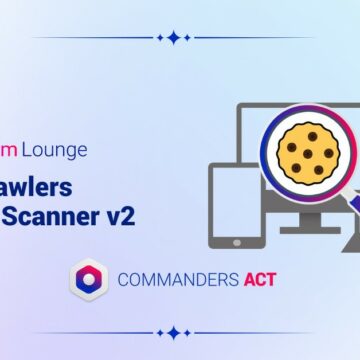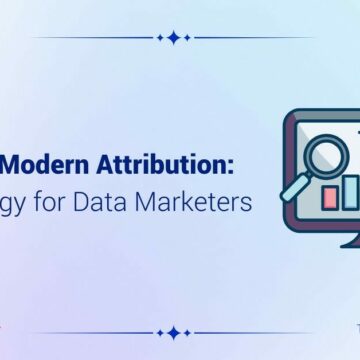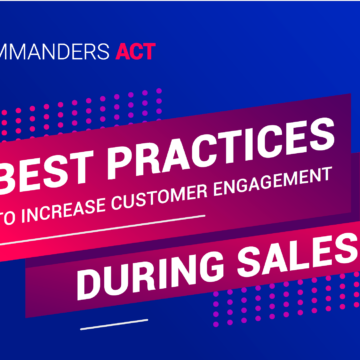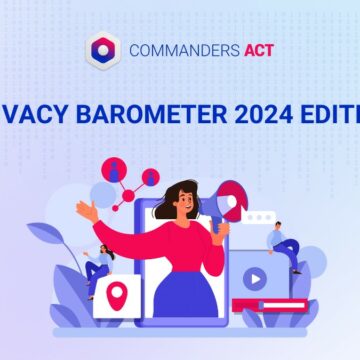Activate audiences, improve KPIs and measure the performance of your campaigns
11/09/2023 |

Last June, we concluded our series of webinars dedicated to Data Governance.
If you were unable to attend our previous sessions, you can access the summary of Episode 1 here : Customer knowledge – integrate and secure your data!
Click here to access Episode 2: Data Governance : Data Governance – Manage and control your data assets while remaining compliant with regulations!
This latest episode was devoted to the final stage to implement a data governance strategy, namely the implementation of KPIs relevant to measuring the performance of marketing campaigns.
Find out how to improve your ROI by activating your data correctly using CDP!
Activation strategy: what are the levers for activating your end-to-end data?
Once the data has been centralised and enriched, and the audience segments created, it is now possible to activate the data and send it to partners to launch your marketing campaigns. The customer data platform – via its catalogue of connectors, SFTP export or API – makes it very easy to activate the entire technological stack for marketing teams.
What are the different channels that can be activated via the Customer Data Platform?
Several types of channel can be activated via the CDP. You’ll find advertising channels as well as traditional channels such as email or SMS. By using a CDP, segments can be contacted via their preferred channels. You can also test the effectiveness of the channels on a given segment.
What are the activation protocols?
The Commanders Act X platform allows you to activate your data in three ways:
- SFTP export: simply export profiles by batch
- API: a webhook will trigger a specific action following an event
- Server-side integration: you can add your own customised connectors on the server side
Contextualising the end-to-end customer experience
By creating audience segments within the CDP, it is possible to contextualise the customer experience across all channels by sharing segments with partners directly via API.
This results in 3 major benefits:
- Consistent communications: define the best channels for each profile and maintain a high level of user engagement
- Improving the on-site and off-site experience by multiplying interactions across various channels
- Improved campaign ROI thanks to higher customer engagement rates and better identification of the channels that convert best.
Use case example: targeting intentional users
If we create a group of intentional users within the customer data platform, to whom we send messages on various channels, and transmit this segment to our partners, we will be able to accurately monitor the behaviour of this segment.
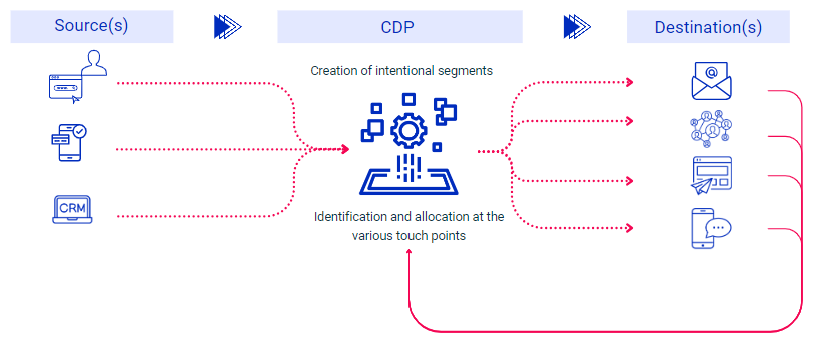
Check the quality of the data sent
The customer data platform makes it possible to ensure data quality by monitoring data in real time or over a specific period. It will then be possible to view delivered and undelivered events thanks to an alerting system, and to resolve errors quickly in order to improve the performance of activated channels.
Testing the effectiveness of uses
It is crucial to test several scenarios in order to assess which channels are the most relevant for each audience group. To do this, it is advisable to sample audience groups by creating so-called control groups (a percentage of users in the associated segments) who will voluntarily not be exposed to an ad or message in order to measure the impact in terms of engagement or conversion.
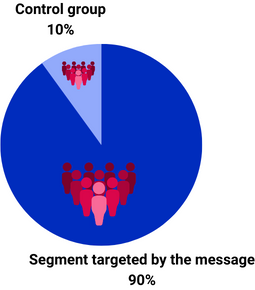
Analysis of post-campaign results:
- Buying behaviour of both groups
- Validation of use case hypotheses
- Generalisation of use cases in the case of success
Optimising your ROI: analysing, understanding and accessing data
Once the use cases have been deployed, it’s time to analyse the data being transmitted (web data, mobile data, customer journeys, transactions, etc.), and to draw conclusions with a view to improving the ROI of campaigns in real time.
This raises a number of questions:
- What are the results of the campaign?
- How can you improve the ROI of a campaign?
- Is the use case being deployed relevant?
Depending on the objectives, precise KPIs begin to take shape.
Understanding and analysing available data
To optimise your campaigns as much as possible, it is important to understand the profiles in your databases. There are a number of metrics you can use to get to know your users better.
You can then measure changes in activation potential by evaluating :
- Opt-in typology: The proportion of anonymous contacts versus the proportion of contacts identified at at least one addressable contact point.
- Evolution of segment volumes: it is possible to see how many users join or leave the segments created, and to evaluate volumes in real time.
- Cross-audience pressure: too much pressure could have a harmful effect by over-soliciting users.
- Monitoring consent by channel: A drop in opt-ins on certain channels can be explained by excessive commercial pressure, so it is important to monitor these metrics in order to reduce the frequency with which messages are sent.
- Track and define attribution models
Post-campaign tracking is one of the pillars for measuring the effectiveness of digital campaigns. It simply involves redirecting URLs so that information relating to your campaigns (medium, content, banner, language, click, etc) can be fed back to your analytical and marketing automation tools in real time.
Once this information has been identified, it will be possible to apply different attribution models depending on the weighting of the desired conversion.
Identify the channels that drive conversion
The contributory analysis available on the customer data platform highlights the partners who are helping you to generate conversions. Based on algorithms available on the platform, this type of analysis reconciles conversion paths initiated on different devices and/or channels.
3 types of contributors have been identified:
- Whoever generated the first click
- Those who contribute without being the first or the last to click
- The one that generates the last click and therefore the conversion

Measure ROI and analyse conversions by channel and campaign
The Customer Data Platform allows you to create analytical tables based on KPIs specific to your organisation, providing a granular view by channel, time period and campaign. These tables can then be used to take the following actions:
- Recover audience membership segments
- Retrieve and update contact profiles
- Deploy new use cases by managing data in real time
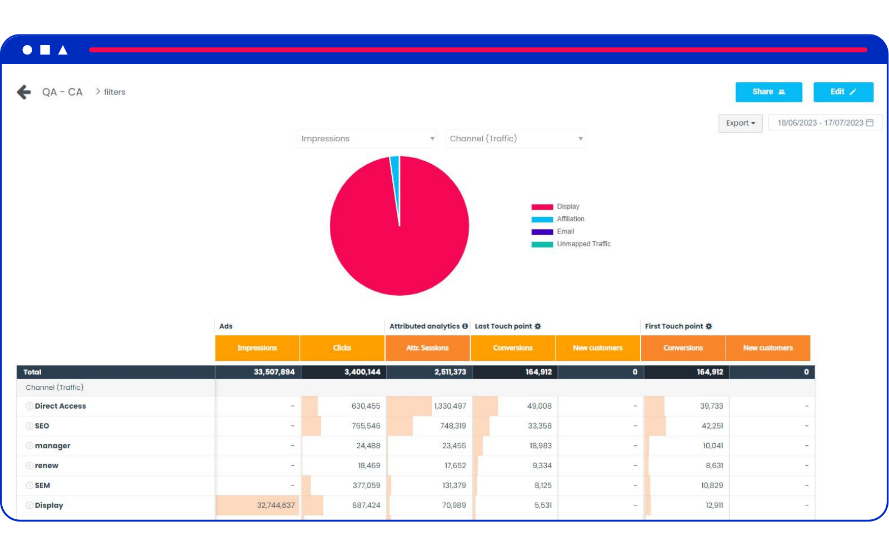
Conclusion
A Data Governance project is therefore crucial for organisations, as it enables data to be secured and made accessible and understandable to end users, with a view to improving the performance of marketing initiatives. The customer data platform is proving to be a relevant tool, as it enables data to be cleansed and enriched before being sent to partners.
By connecting tools that were previously siloed via APIs, connectors or source files, CDP makes it possible to better understand the data available, to make it communicate and therefore to draw more precise conclusions about the performance of current campaigns, making it possible to test and define the best-performing channels according to the type of user.
To find out more, download our white paper on Data Governance for Marketing Performance!
